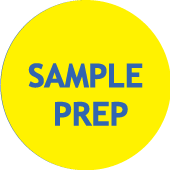Validation
Leo de Galan, Independent consultant, NetherlandsAbstract In order to validate a method, its performance is evaluated in terms of detection limit, reproducibility, and trueness. The detection limit is determined by the sensitivity and the noise in a method of detection and is a statement of how small a quantity can be detected within a specified level of certainty. The decision limit and the limit of quantitation are related concepts. Reproducibility is a measure of the random error (standard deviation) in a method, while trueness includes both random error and bias. Certified reference materials (CRM) are typically used to measure trueness. In the absence of a CRM, a recovery study may be performed, though these are not as thorough as CRM studies. Any reported analytical value should be accompanied by an indication of the measurement uncertainty, which takes into account both bias and random deviations.
KeywordsValidation, Reproducibility, Reproducibility conditions, Trueness, Systematic deviation, Bias, Accuracy, Detection limit, Random error, Systematic error, Repeatability, Interlaboratory reproducibility (R), Intralaboratory reproducibility (r), Procedure bias, Consensus value, Certified reference material, Decision limit (DL), Detection limit (c), Limit of Quantitation, Coefficient of variation (COV), Standard deviation, Recovery study, Constant interference, Measurement uncertainty
LevelAdvanced
You need to be logged on to view this section.
For subscription options, please proceed to 'SUBSCRIPTIONS' in menu bar.





